Work health and safety duties
Where the duties of multiple duty holders overlap, the model WHS laws require them to consult, cooperate and coordinate to ensure the duty is met.
There are other specific requirements in the model WHS laws that require duty holders in the supply chain to consult, coordinate their activities and work cooperatively to reduce WHS risks. For example designers, manufacturers, importers and suppliers of plant.
When people within a supply chain act cooperatively they can exert greater influence on health and safety then when acting alone.
-
Implementing good work design into supply chains by eliminating hazards and risks gives the highest level of protection to workers, which can enhance business success and productivity for everyone.
-
Working closely together across the supply chain to understand each other’s needs improves both the health and safety of workers and organisational performance.
Promoting work health and safety
The dominant players in supply chains and networks are best positioned to champion WHS. They are also more likely to have the resources to develop comprehensive WHS systems. Safety often improves when one respected member of a supply chain adopts safe practices, as they influence the perceptions, expectations and actions of other members.
Supply chains and networks can be particularly significant for WHS in industries such as:
-
transport
-
agriculture
-
construction
-
manufacturing
-
health and community services.
Our national approach
The Australian Work Health and Safety Strategy 2023-33 has identified supply chains and networks as one of the seven national action areas. Prevention activities and ongoing collaboration and cooperation in supply chains and networks will help to achieve the Strategy’s aim of:
-
reducing the incidence of serious injury by at least 30% nationwide by 2022
-
reducing the number of work-related fatalities due to injury by at least 20%.
